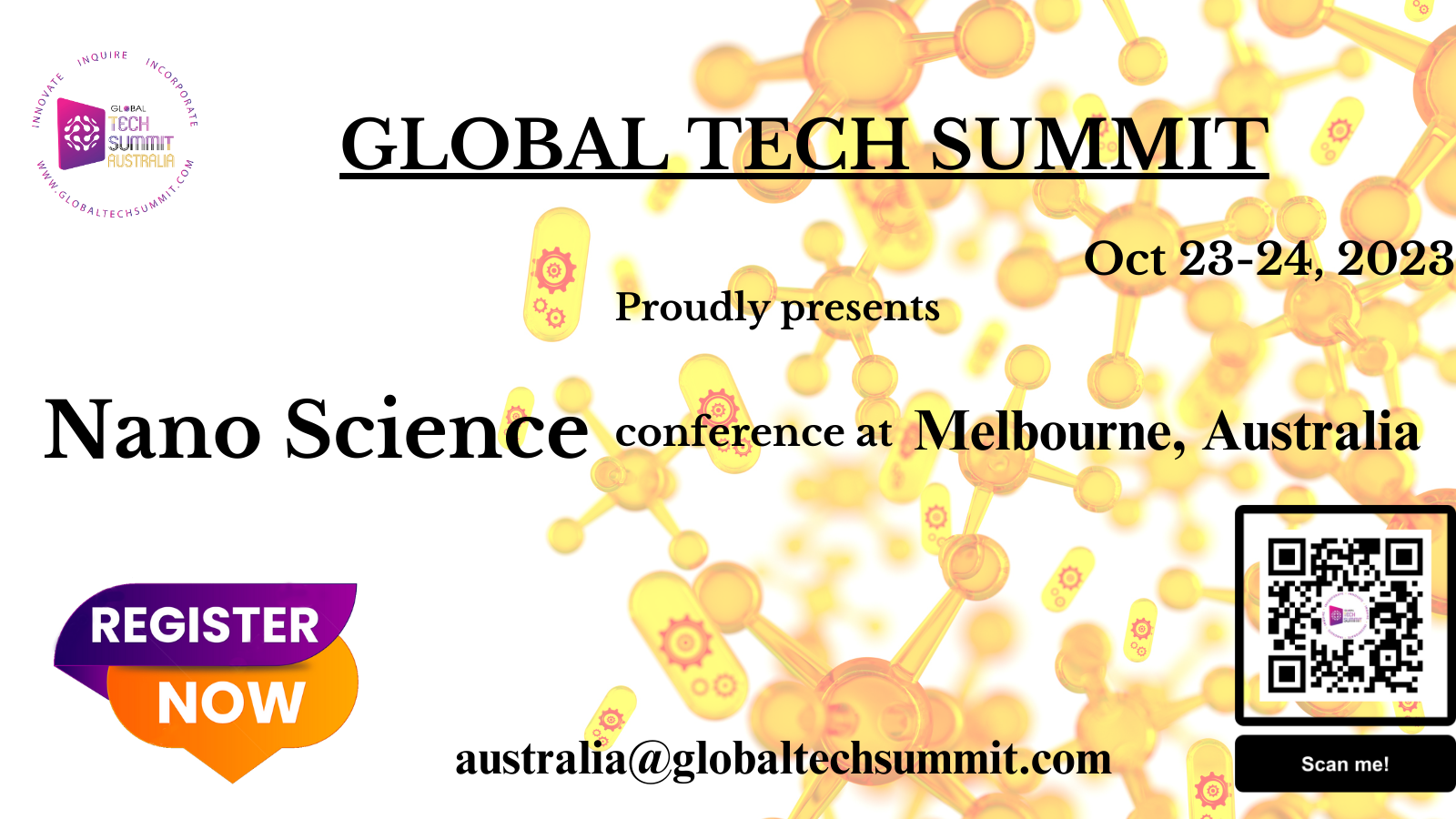
Nanomedicine, an interdisciplinary field at the intersection of nanotechnology and medicine, holds tremendous promise in revolutionizing healthcare. By manipulating matter at the nanoscale, nanomedicine offers novel approaches to diagnose, treat, and prevent diseases. The ability to precisely target specific cells or tissues and deliver therapeutic agents with unprecedented efficiency has the potential to transform medical treatments. Here's how nanomedicine is revolutionizing healthcare:
Targeted Drug Delivery: One of the key advantages of nanomedicine is its ability to deliver drugs directly to the site of action. Nanoparticles, such as liposomes and polymer-based nanoparticles, can carry drugs or therapeutic agents, protecting them from degradation in the body and enhancing their circulation time. Moreover, these nanoparticles can be engineered to recognize specific cell receptors, allowing for targeted delivery to diseased tissues while minimizing side effects on healthy cells.
Enhanced Imaging: Nanoparticles also play a critical role in medical imaging. Nanoscale contrast agents, like quantum dots, superparamagnetic nanoparticles, and gold nanoparticles, offer enhanced imaging capabilities. They enable high-resolution imaging, early disease detection, and real-time monitoring of treatment responses, leading to more accurate diagnoses and personalized treatments.
Personalized Medicine: Nanomedicine opens the door to personalized medicine, tailoring treatments to individual patients based on their unique genetic makeup and disease characteristics. Nanoparticles can be functionalized with specific ligands or antibodies, enabling patient-specific targeting and therapy.
Therapeutic Innovations: Nanomedicine has paved the way for innovative therapeutic approaches. For instance, gene therapy utilizing nanocarriers can deliver therapeutic genes directly into target cells, treating genetic disorders at their root cause. Additionally, nanoparticles can act as nanoscale heaters when exposed to certain wavelengths of light, allowing precise and localized treatment for conditions like cancer through photothermal therapy.
Overcoming Biological Barriers: Nanoparticles can traverse biological barriers that limit the efficacy of traditional treatments. They can pass through the blood-brain barrier, improving drug delivery to the brain for neurological conditions. Moreover, nanoparticles can penetrate dense tumor tissues, enhancing the effectiveness of cancer treatments.
Regenerative Medicine: Nanomedicine plays a crucial role in regenerative medicine by providing scaffolds and carriers for tissue repair and regeneration. Nanomaterials can stimulate tissue growth and support cell proliferation, aiding in the regeneration of damaged tissues and organs.
Diagnostics and Disease Monitoring: Nanotechnology has led to the development of highly sensitive and specific diagnostic tools, including nanosensors and nanoparticle-based assays. These advancements enable early disease detection, tracking disease progression, and monitoring treatment responses.
Minimizing Side Effects: By precisely targeting diseased cells and tissues, nanomedicine can minimize the off-target effects commonly associated with conventional treatments. This targeted approach not only improves therapeutic outcomes but also reduces the adverse effects experienced by patients.
Nanomedicine is a game-changer in the field of healthcare. Its ability to target specific cells, enhance drug delivery, enable personalized medicine, and revolutionize therapeutic approaches has the potential to transform medical treatments. As research in nanomedicine continues to progress, we can expect to witness even more groundbreaking applications and advancements that will undoubtedly benefit patients and improve global healthcare outcomes.
Global Tech Summit
Posted on: Aug 03, 2023

